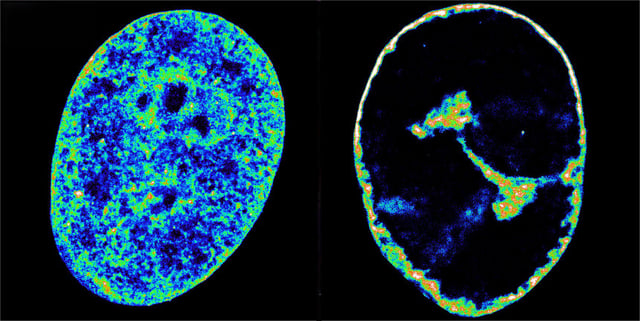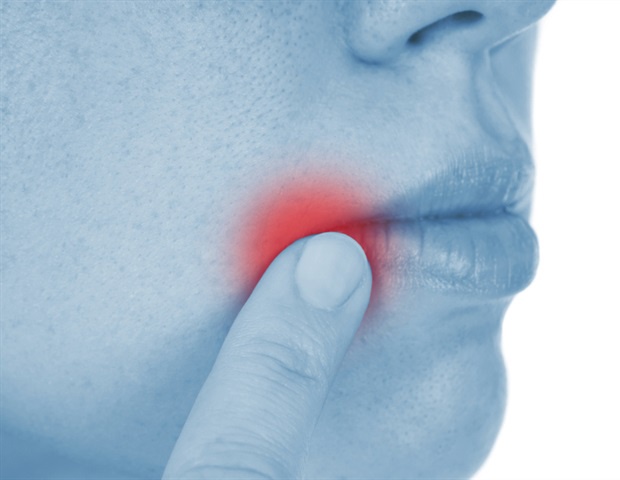Overview
- HSV-1 begins hijacking human RNA-polymerase II within the first hour of infection to repurpose transcription machinery for viral protein synthesis.
- The virus drives host chromatin compaction, shrinking nuclear DNA to around 30% of its normal volume by eight hours post-infection.
- Researchers combined super-resolution microscopy with Hi-C mapping to trace how HSV-1 selectively reorganizes three-dimensional genome contacts.
- Inhibiting the host enzyme topoisomerase I during infection completely prevented HSV-1 genome rearrangement and stopped viral replication in cell culture.
- With nearly four billion people infected globally and rising drug resistance, targeting topoisomerase I offers a novel therapeutic strategy against HSV-1.

